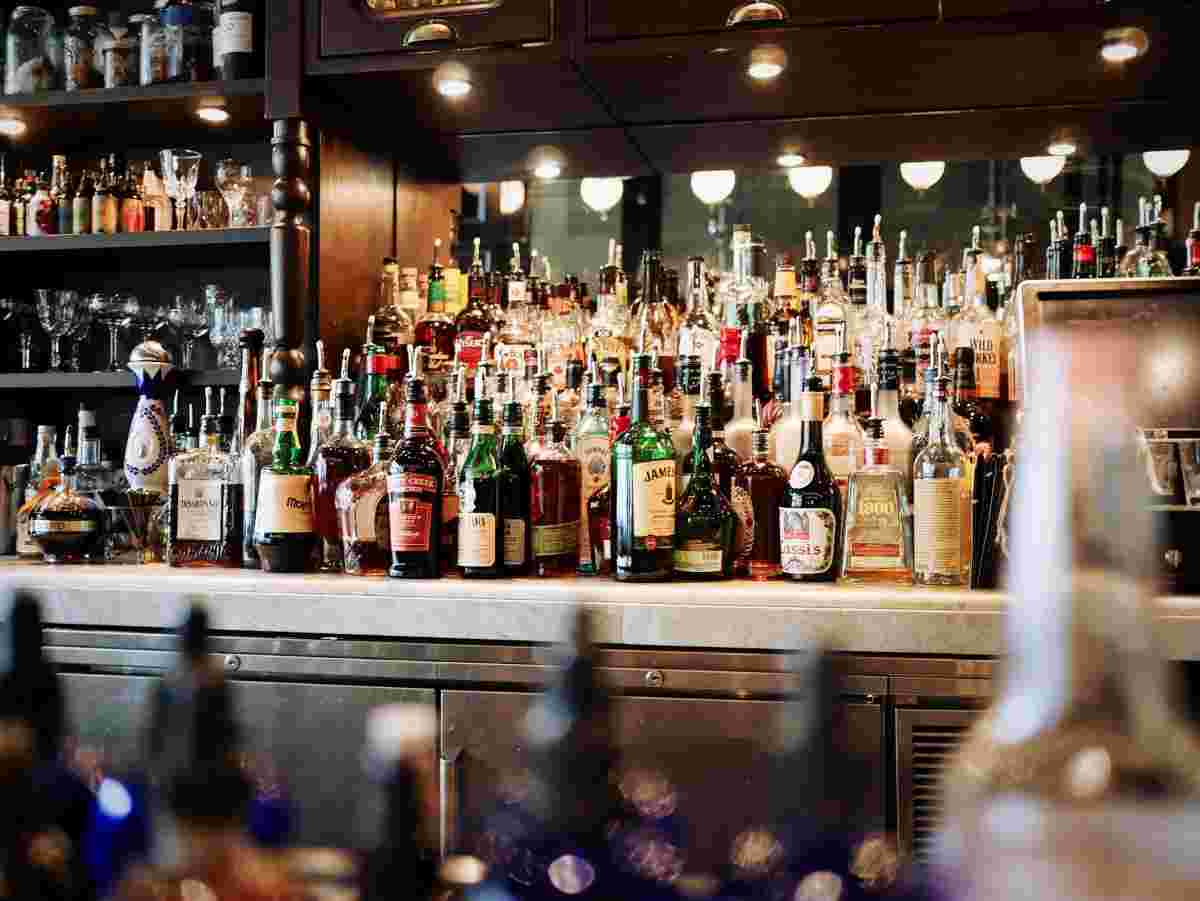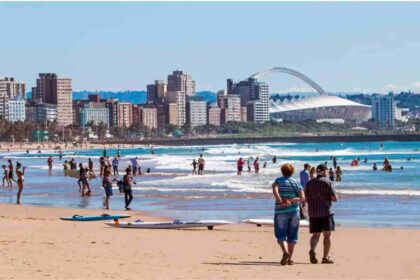At a Glance
- Africa’s alcohol consumption is rising, driven by urban growth, young populations, and higher incomes.
- Global brewers like Heineken, Diageo, and AB InBev are deepening their investments across the continent.
- Nigeria, South Africa, and Uganda rank among Africa’s biggest alcohol-drinking nations.
Across Africa, the drinking culture is evolving as economies expand, cities grow, and disposable incomes rise.
Once defined by homemade brews and informal bars, the continent’s alcohol landscape now features a mix of global brands, local distilleries, and traditional beverages that continue to shape social life and commerce.
Over the past decade, Africa has emerged as one of the fastest-growing alcohol markets in the world.
According to data from the World Health Organization (WHO) and Euromonitor International, per capita consumption has climbed across several African nations, supported by rapid urbanization, a young population, and expanding middle classes.
While overall consumption still lags behind Europe and the Americas, global brewers are paying closer attention to Africa’s growing market.
Industry leaders such as AB InBev, Heineken, and Diageo have stepped up investments across the continent, building breweries, widening distribution networks, and tailoring products to local preferences.
What has emerged is a dynamic, competitive market that blends cultural tradition with modern industry practices.
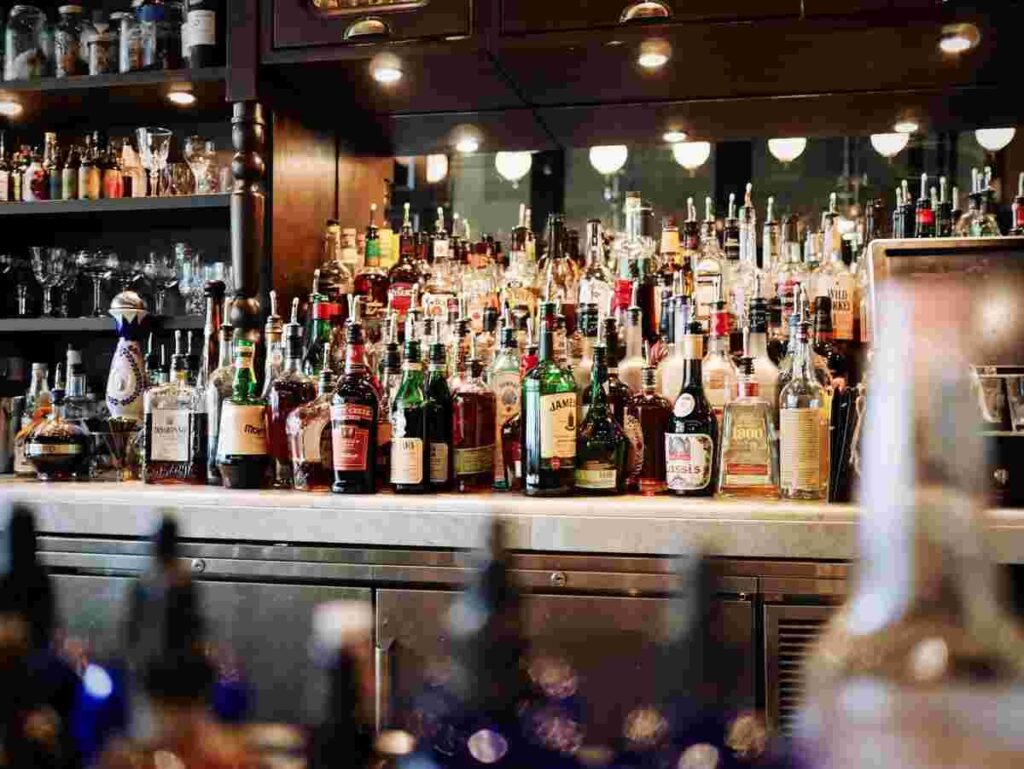
Beyond the business figures, alcohol plays a deep social role in many African societies.
From Lagos’ bustling nightlife to Kampala’s local bars and Cape Town’s vineyards, drinking often reflects hospitality, celebration, and identity.
Still, rising consumption is also fueling public health debates, as governments weigh the benefits of tax revenue and job creation against social costs.
Here’s a look inside Africa’s top 10 biggest alcohol-drinking nations — where population, tradition, and business ambition intersect to shape one of the world’s most dynamic beverage markets.
Nigeria: The continent’s largest alcohol market
Nigeria leads Africa in alcohol consumption, driven by its vast population of more than 220 million people and a rapidly growing middle class.
The country accounts for a significant share of Africa’s beer and spirits sales.
Although northern Nigeria is largely Muslim, southern states such as Lagos, Rivers, and Enugu dominate the market.
Heineken’s Nigerian Breweries and Diageo’s Guinness Nigeria are industry leaders, producing popular brands like Star, Gulder, and Guinness Foreign Extra Stout.
With an expanding nightlife scene, booming music culture, and growing retail distribution, Nigeria has solidified its position as Africa’s biggest alcohol consumer.
Uganda: A nation of deep-rooted drinking traditions
Uganda ranks among the highest globally in per capita alcohol consumption, thanks to its long tradition of homemade brews such as waragi — a potent gin distilled from bananas.
Drinking in Uganda remains deeply social, often tied to community life in both rural and urban settings.
Despite government efforts to regulate local distilleries, informal production continues to thrive, keeping traditional beverages at the center of Uganda’s social and cultural identity.
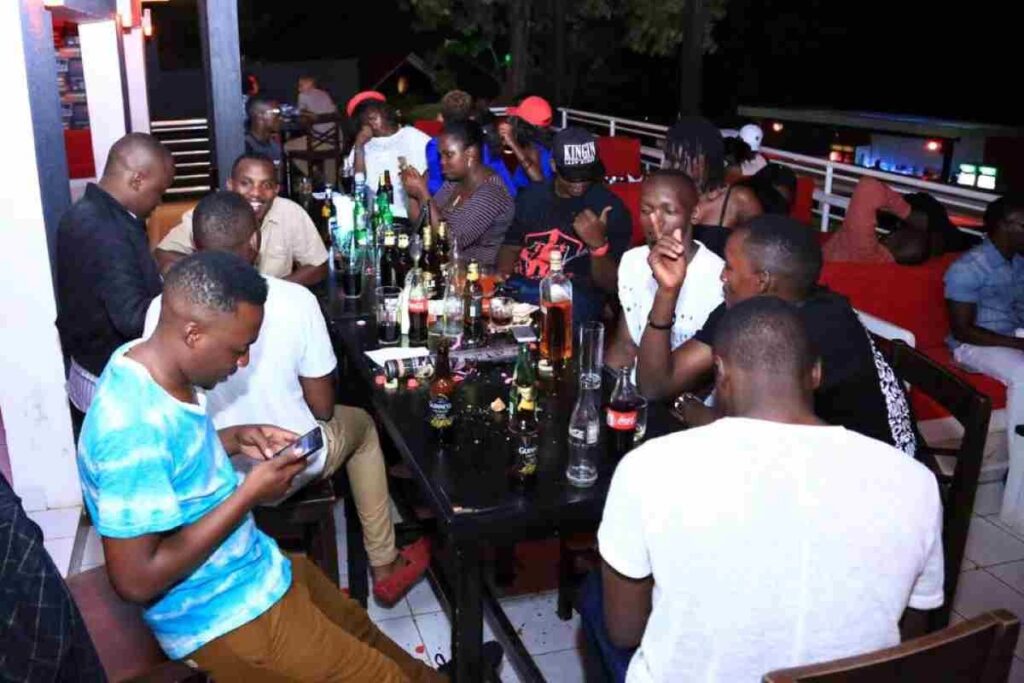
South Africa: The brewing powerhouse
South Africa blends modern brewing excellence with a vibrant drinking culture.
The country is home to South African Breweries (SAB), one of the world’s largest beer producers and now part of AB InBev.
The Western Cape’s wine industry adds to its reputation, contributing significantly to both local sales and international exports.
Brands such as Castle Lager and Amarula have become household names, while the country’s sports culture and tourism sector fuel steady demand.
South Africa remains a leading player in Africa’s alcohol trade and a major force globally.
Kenya: A growing market fueled by urban energy
Kenya’s alcohol market has expanded rapidly in recent years, powered by urbanization and a young, upwardly mobile population.
East African Breweries Limited (EABL), majority-owned by Diageo, dominates the sector with flagship brands like Tusker.
In Nairobi, alcohol is an integral part of social and nightlife culture, while traditional drinks such as chang’aa and busaa remain popular in rural areas.
Policymakers continue to seek a balance between economic growth, regulation, and public health priorities.
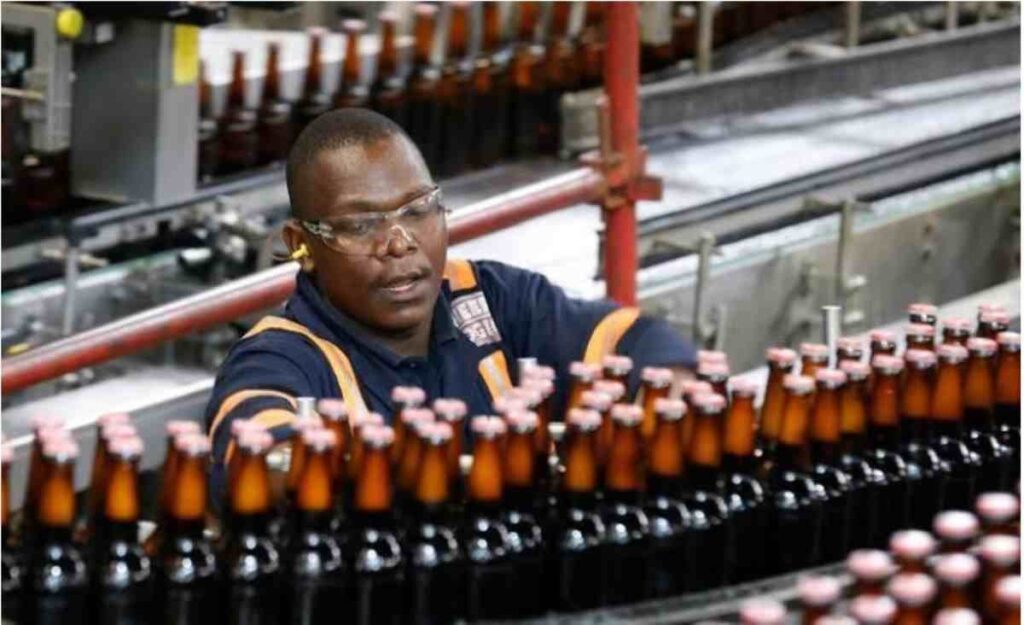
Tanzania: Where beer and tradition meet
Tanzania’s alcohol market is characterized by a strong beer culture and the persistence of traditional beverages like konyagi.
Major players, including AB InBev and Serengeti Breweries, have established a solid foothold, catering to both modern consumers and local traditions.
Rising incomes, tourism, and a growing hospitality sector are driving demand, making Tanzania one of East Africa’s most resilient alcohol markets.
Cameroon: Central Africa’s beer capital
In Cameroon, beer is more than a beverage — it’s a social bond. The country holds one of Central Africa’s highest per capita alcohol consumption rates.
Les Brasseries du Cameroun, part of the Castel Group, leads the market with brands such as Castel, 33 Export, and Mützig.
Beer is often shared among friends and families, symbolizing hospitality and unity across communities.
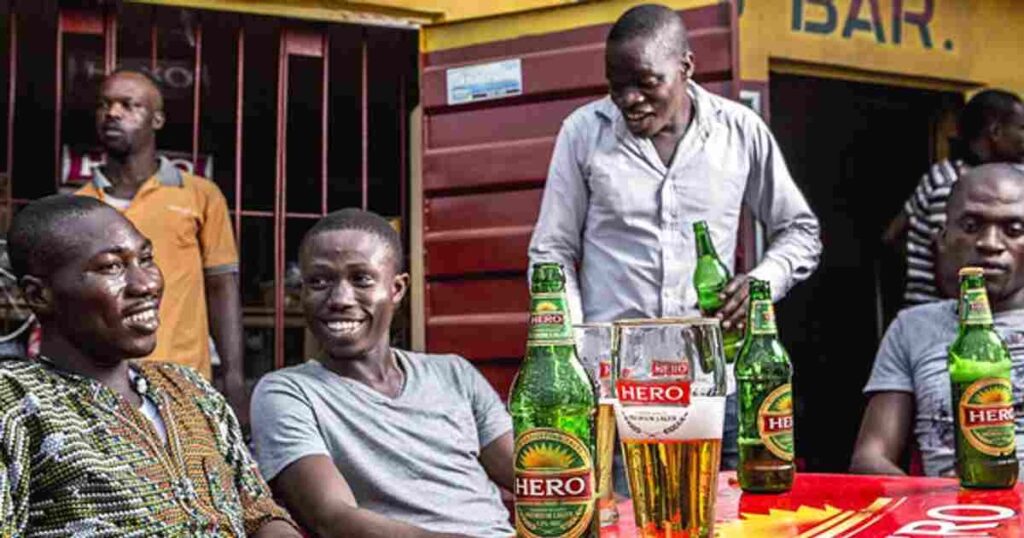
Ethiopia: Tradition meets modern brewing
Ethiopia’s alcohol industry has seen rapid modernization in recent years.
While traditional drinks like tella and tej remain staples, modern breweries backed by Heineken and Diageo are expanding production to meet growing demand.
Addis Ababa’s youthful population and vibrant nightlife are transforming Ethiopia into one of the region’s most promising alcohol markets — where ancient brewing customs coexist with modern enterprise.
Botswana: High demand despite regulation
Botswana records one of Southern Africa’s highest alcohol consumption levels, despite strict government controls and heavy taxation.
Kgalagadi Breweries Limited, a subsidiary of AB InBev, dominates the market with well-known brands like St. Louis and Castle Lite.
Beer consumption peaks during festivals and national holidays, highlighting its social and cultural importance across the country.
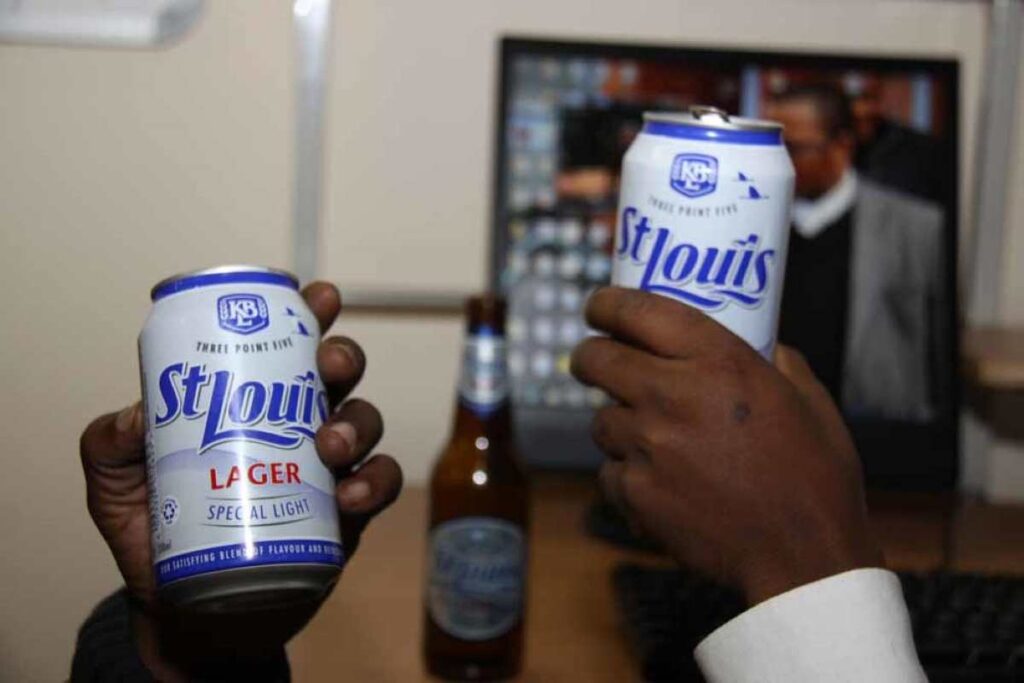
Ghana: Local spirits on the rise
Ghana’s alcohol culture is a mix of traditional and commercial beverages.
Popular local drinks such as pito, akpeteshie, and palm wine coexist with commercial beers like Club and Guinness Ghana.
A growing middle class and increased urban migration have driven demand among younger consumers, positioning Ghana as a fast-rising market in West Africa’s beverage industry.
Namibia: Small nation, big beer culture
Namibia closes the list with one of Africa’s highest per capita beer consumption rates.
Windhoek Lager, brewed under Germany’s Reinheitsgebot purity law, remains both a national symbol and an international export.
Tourism, leisure activities, and a deep-rooted beer culture continue to support demand, making Namibia a small but influential player in Africa’s alcohol market.
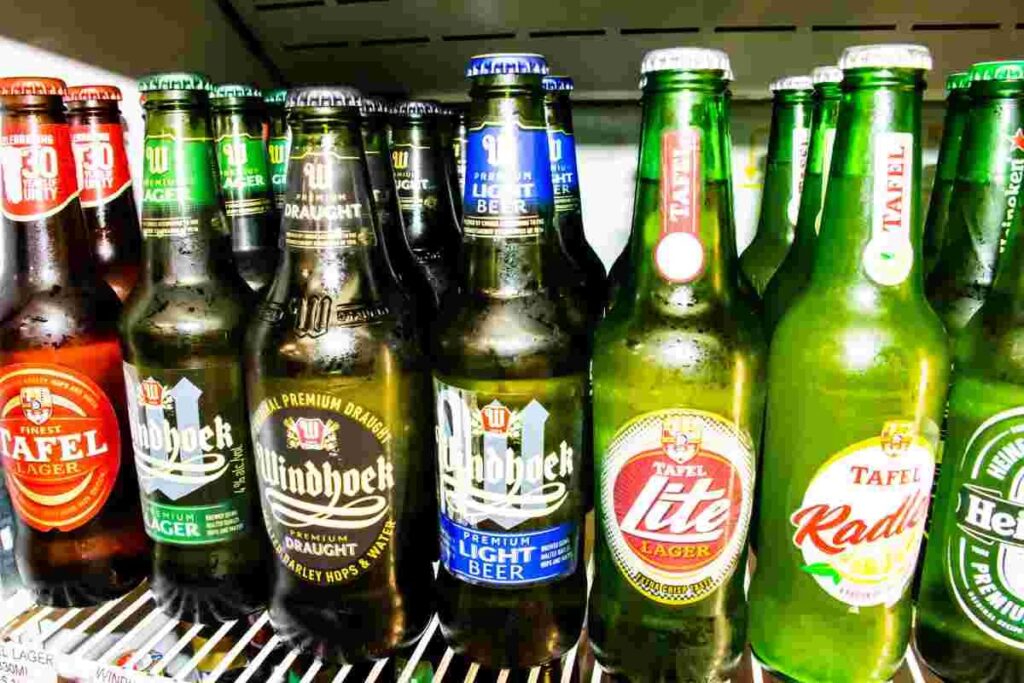
Balancing growth with responsibility
As Africa’s economies expand, the alcohol industry is set for continued growth, driven by young populations and shifting consumer habits.
Global brewers are deepening their presence, betting on the continent’s long-term potential.
But with opportunity comes responsibility.
Health experts have raised concerns over the risks of excessive drinking, urging governments and companies to promote responsible consumption.
The challenge ahead lies in finding the right balance — ensuring that Africa’s thriving alcohol market supports both economic development and community well-being.

